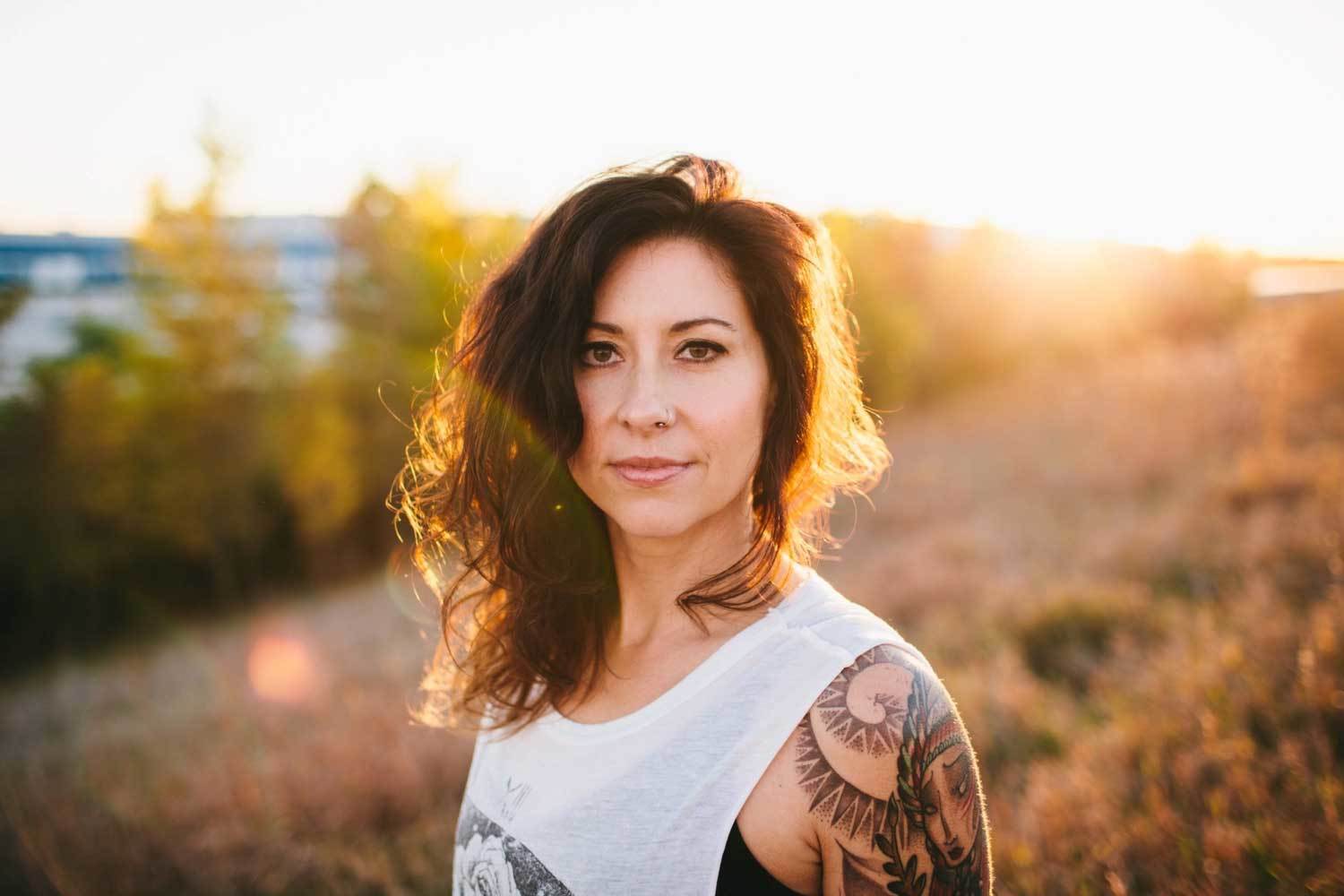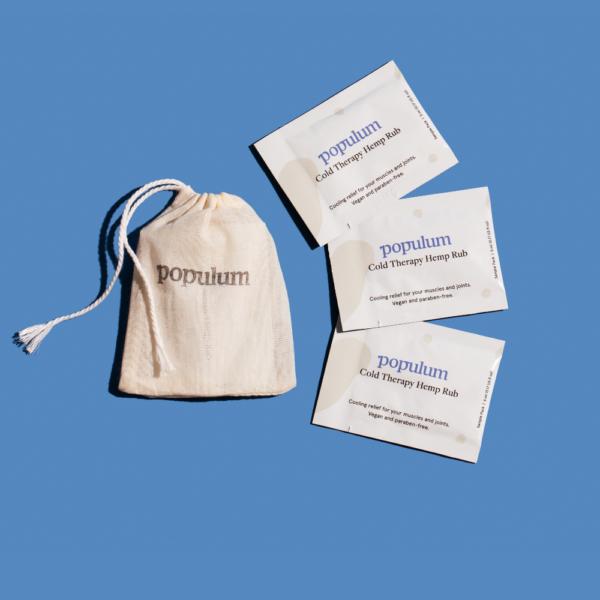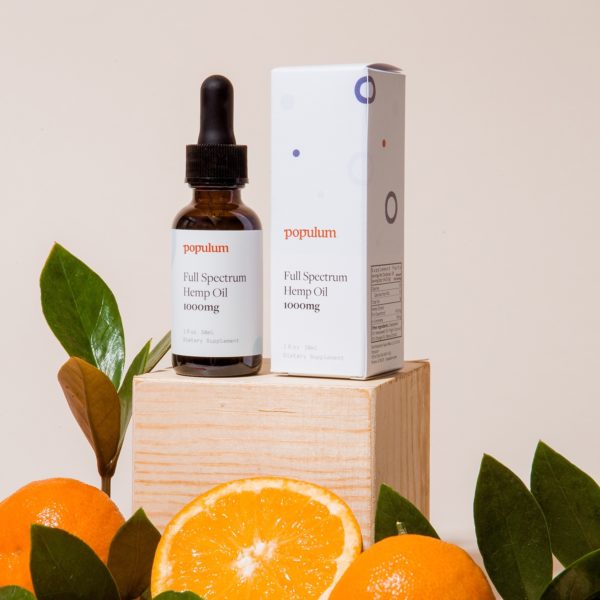Mindfulness and Community with Lora McCarville
by Kate Bunton
Today we’re introducing our Faces series, which profiles people who are living and working to promote wellness in their own lives and in their communities. We’ve partnered with a variety of people who are helping others live well, from teachers, to nutritionists, to business owners.

Our first face kicking off the series is Lora McCarville, a yoga teacher and wellness educator based in Omaha, who focuses on bringing her practice into schools and the nonprofit sector. Lora leads regular classes and trains future teachers at Pranam, a yoga studio in Midtown Omaha, and runs Yoga Rocks the Park, a summer series that brings free yoga to the Omaha community. When she’s not teaching, she’s running a private practice that works around somatic healing, movement, trauma and Rapid Resolution Therapy (or RRT). Follow the Populum blog for more community related content articles.
“All of that is something I do while raising two amazing kids, my 10-year-old daughter and my 13-year-old son whom I homeschool,” says Lora. “I’m also in a relationship with a lovely man, and we have a dog and a few chickens that we’re raising. I’m busy, but I’m working within my capacity.”
We sat down with Lora to talk about her practice, what it means to be mindful, and how she’s working to bring love, compassion, and presence into schools and community.
Populum: What sparked your interest in everyday mindfulness?
Lora: I was a public school teacher before I was a yoga teacher, so for me, mindfulness became more about getting it into schools. I feel like if we can teach children how to use their emotions in ways that create movement for their best interest, it’s empowering them.
P: How has your practice with children and mindfulness changed over time?
L: Bringing mindfulness into schools took me into practices of down-regulation. Mindfulness is an activity that we’re teaching children who are not in the present moment. So, I’m actually not teaching mindfulness in schools now, as much as I’m teaching down-regulation of the nervous system. At first, I was asking them to be in a part of their brain that they couldn’t be in because they were in a part of their brain that was just keeping them alive. So when I started doing more movement-based nervous system stuff, teaching them how to do mindfulness became easier.
P: What are some practices you recommend for people and for the kids you teach?
L: I think it’s good to back way up to something like play. We forget about play, joy dancing, shaking, moving. Just doing things like shaking your arms, patting your legs, or pushing into the feet are calling yourself into the moment. It can be that simple. It’s like, “Oh! There I am.” For example, if one my kids is having a meltdown, I’m not going to tell her to take a deep breath and think positive, I’m going to play catch with her, because now we’re in a present moment and can process what she’s going through. Once you’re there, then practice breathing. Not when you’re feeling anxious, just when you’re in the moment. Keep it simple.

Step Up to Premium CBD
The best CBD oil you can buy, backed by 900+ verified reviews. Try risk-free for 30-days.
P: How do you incorporate it into your classes?
L: There’s a piece of mindfulness that I feel is important to teach, and that’s around the idea of compassion. Today I was talking with someone about the spiritual practice of love. In mindfulness I think it can become kind of dry, so I love the work around love and kindness and incorporating that into the practices.
P: How do you work love and compassion into your life on a day-to-day basis?
L: I can’t speak enough to a practice in community with your neighbors. I’m on a nonprofit board as the vice president with Seva, which translates to “selfless service” in Sanskrit. That’s something I’m really excited about. This nonprofit has a few different legs. One is to feed those who are hungry or in need. Another leg is to find homes for refugees or those who are not yet homed, and to raise social consciousness, which is done in a lot of different ways within the yoga studio and in our community. The other piece is bringing yoga into underserved communities. This is out of Pranam, which is a donation-based studio, and a really huge part of yoga that’s not really as practiced in the west is Seva. If you’re in a community practicing enlightenment, but you’re just getting high off of it you’re not really doing it. It’s asking how is the individual healing we’re doing working in the community?
P: What do you love most about practicing and teaching yoga?
L: We learn how to bend time as yoga teachers, and really, honestly, nothing I’m teaching is arbitrary. I spend a lot of time making this hour as intent as possible -- it’s all on purpose. I’ve crafted it so that my students feel that it’s a highly intentional thing that we’re doing. It's a lot like taking a daily dose of CBD. If we’re doing it within the philosophy of yoga, we’re doing this discipline so that we can continue it out there in our families and homes and at work, so it’s not like, “Oh, I feel so good for an hour” and then the rest of my day sucks. It’s more like, “Am I learning how to do hard things and still breathe and stay present to things that might feel more slightly challenging?” It’s a big philosophy of teaching and it has a great capacity to heal, and we can offer that in an hour public class. It’s a radical assignment that I don’t take lightly.



